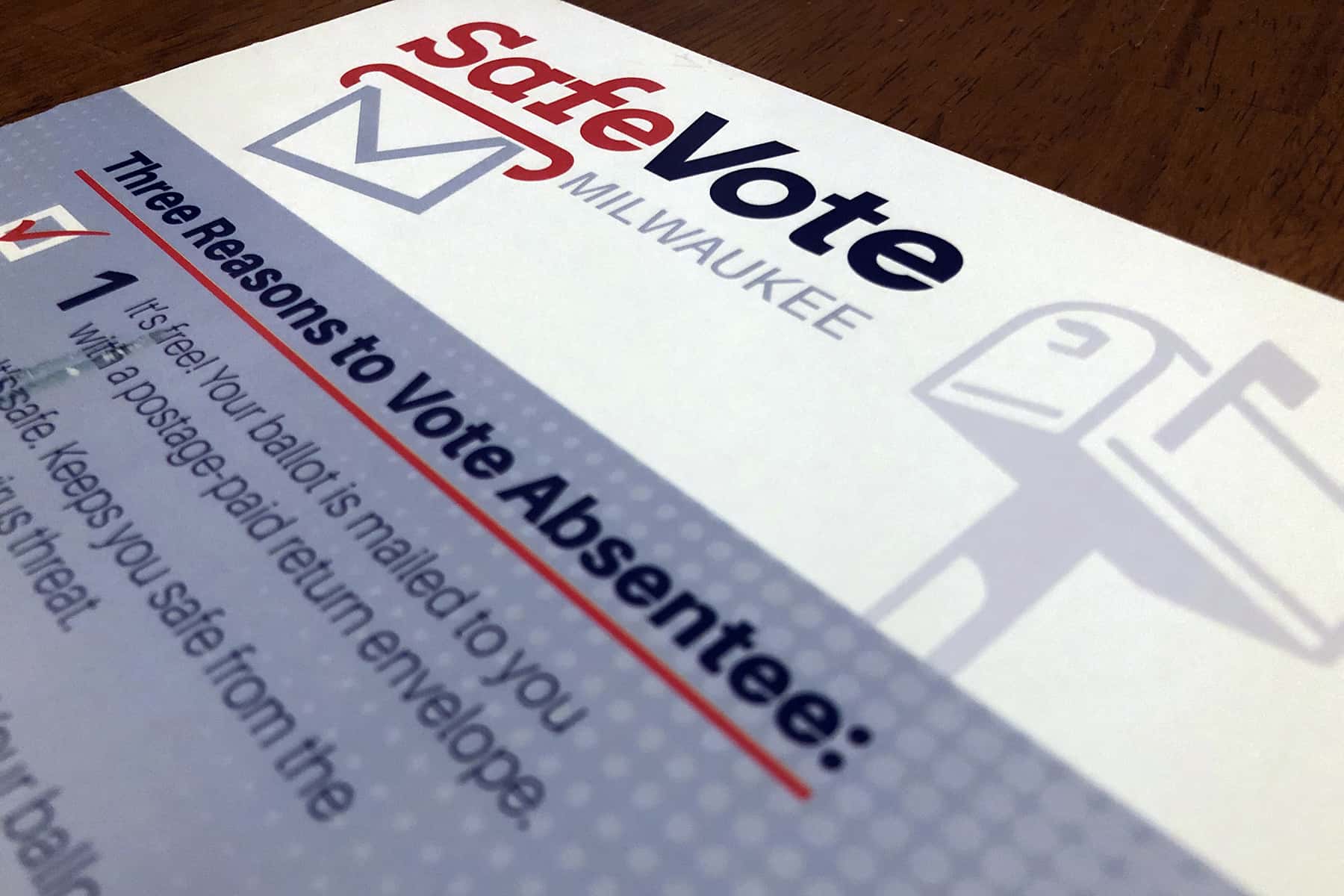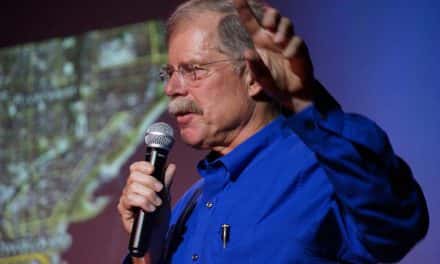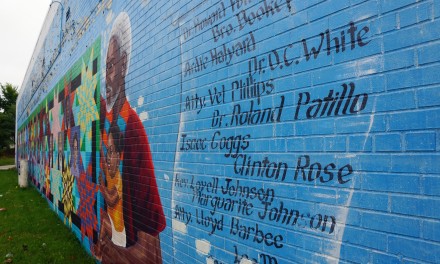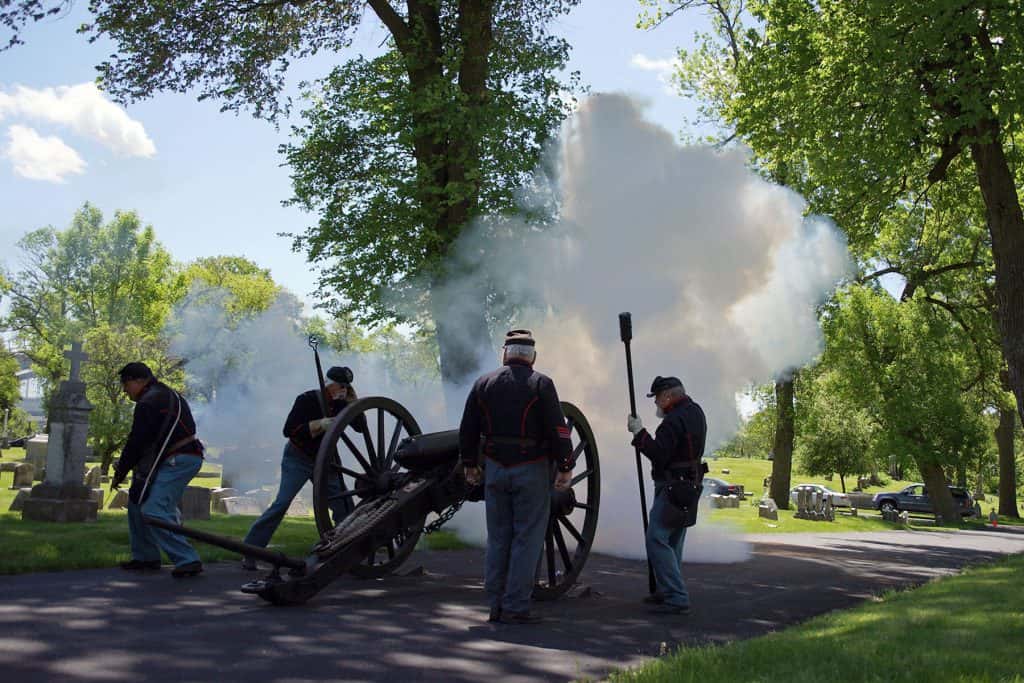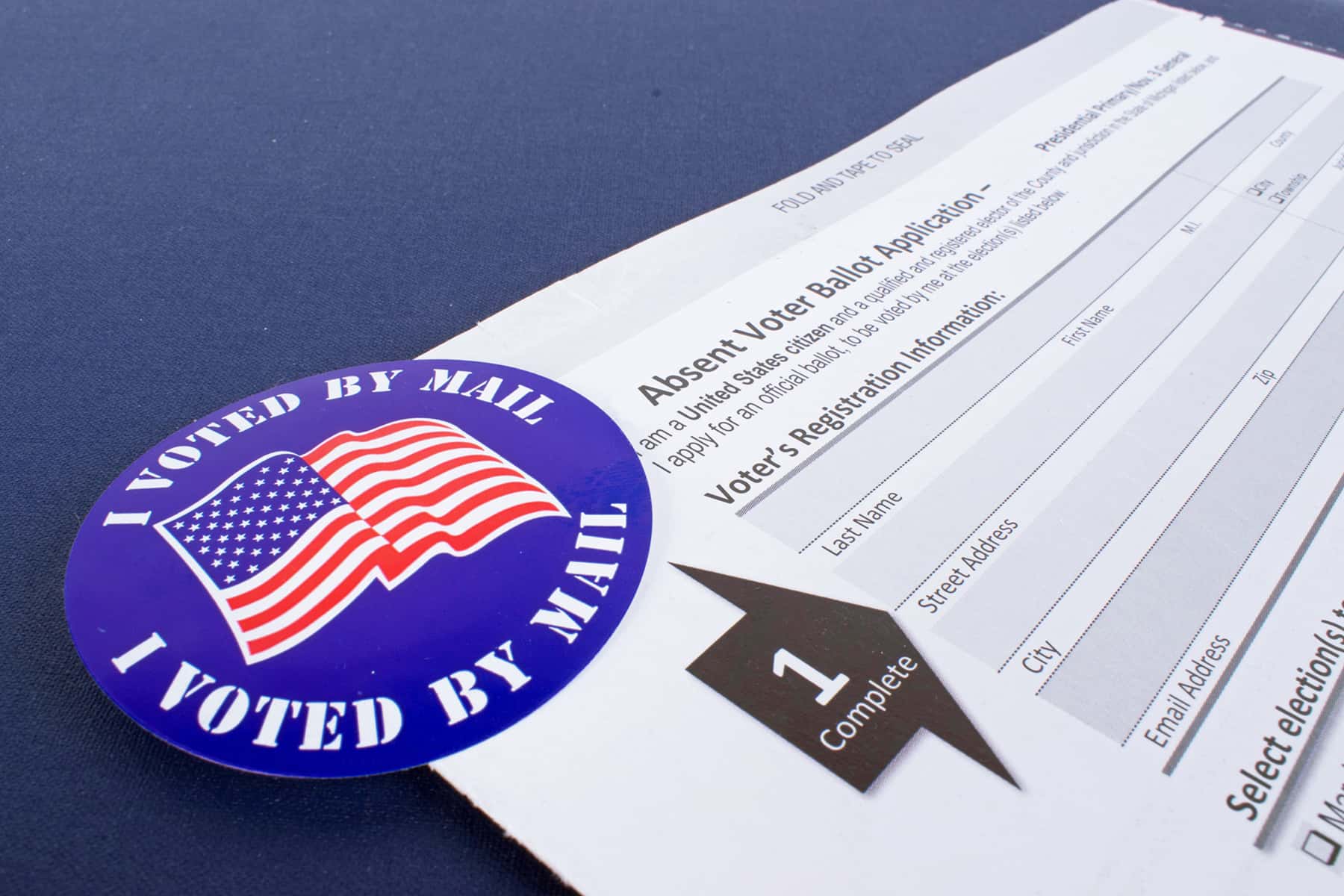
The Wisconsin Elections Commission recently mailed information packets to 2.6 million registered voters about their options for voting in November.
The mailing, which began arriving in homes on Wednesday, September 2, encouraged voters who choose to request an absentee ballot by mail to act early and return their ballot promptly.
“The bipartisan Elections Commission unanimously authorized this first-of-its-kind mailing because they believe it is vitally important for voters to know that during the pandemic they have three options for voting in November,” said Meagan Wolfe, Wisconsin’s chief election official. “They can vote at the polls on November 3, they can vote absentee in their city, village or town clerk’s office starting October 20, or they can request an absentee ballot by mail now, which will be sent starting September 17. All three options available to voters under the law are safe and secure ways to vote.”
Voters who choose to vote absentee by mail are encouraged to make their request online at MyVote Wisconsin. The packet includes a paper absentee request form and a postage-paid return envelope for voters without internet access.
The request deadline in state law is Thursday, October 29. It takes time for Wisconsin clerks to process requests, so it can take up to seven days before a ballot arrives in the mail. It can then take another seven days for the ballot to be returned by mail, because of the purposeful disruption President Trump created to impede the U.S Postal Service. All ballots must be received by 8:00 p.m. on Election Day to be counted.
“Voting safely in the November election is still possible despite the challenges of COVID-19,” said Mayor Tom Barrett. “Residents can prioritize their health by registering to vote absentee by mail and using drop box centers around the city to ensure their ballot is received on time. I urge all residents to prepare early to ensure success in casting their vote in this very important election.”
In Milwaukee, voters will be able to return their ballots using one of fifteen 24-hour drop boxes across the city. Drop boxes will be located at every Milwaukee Public Library location, City Hall, and the Election Commission warehouse located on S. Kinnickinnic Ave. All drop boxes have daily pick-ups, 24-hour security cameras and tamper-evident seals, among other safety features.
Only about 6 percent of Wisconsin voters cast an absentee ballot by mail before the pandemic. For April 2020, that jumped to 60 percent, when 1.1 million of the 1.55 million votes were absentee by mail. For the August 11 Partisan Primary, approximately 82% of the 867,000 votes cast were absentee, either by mail or in the clerk’s office.
“Before the Spring Election in April, clerks were swamped with last-minute absentee ballot requests, many containing errors or missing essential information,” Wolfe said. “This mailing is designed to explain to voters all three options to vote so they have all the facts and enough time to choose the method best for them for the November 3 General Election.”
The mailing list for this information packet was created from the statewide voter registration list in June 2020, Wolfe said. Voters who had already requested an absentee ballot for November were excluded from the mailing list, as were voters who the Elections Commission believes may have moved. The mailing cannot be forwarded.
“We expect more than 3 million Wisconsin residents to vote in the November election, which means even more first-time absentee by mail voters,” Wolfe said.
The mailing is being paid for with federal CARES Act grant funds. The Elections Commission authorized spending up to $2,252,035 for the mailer, which includes $270,000 for printing. The final cost is not known because it depends upon how many voters use the postage-paid return envelope. Wolfe said she expects the mailing to come in significantly under budget.
“Because our final mailing list of 2.6 million voters was created in June, some people who have since requested absentee ballots will get it. There will also be some letters addressed to people who are no longer eligible and registered. That’s okay, this mailer is not tied to voter records – it is just informational. Only eligible, registered voters will receive a ballot if they request one,” Wolfe said.
The mailing and the request form emphasize that voters who request an absentee ballot must provide a copy of their acceptable photo ID, such as a Wisconsin driver license, state ID card, passport, veteran’s ID card, military ID, student ID or certificate of naturalization. If a state resident does not have an acceptable photo ID, or documents like a birth certificate, the Wisconsin DMV can help provided the needed ID to vote for free.
“Voters who request their absentee ballot using the MyVote Wisconsin website on their smart phone or mobile device can use the built-in camera to take a picture of their photo ID and upload it,” Wolfe said. Voters who use a computer can also upload a digital picture.
Voters who use the paper request form will need to include a copy of their photo ID, either a photocopy or a picture. Voters who do not submit a copy of their photo ID will be notified of the error but will not be mailed a ballot until they do. Voters who are not registered to vote or are not eligible will not receive a ballot.
“This mailing is different than the political mailers and absentee request voters may get from third-party groups. Often with those requests, voters don’t know to include a photo ID or are not alerted if there is an issue with their request,” Wolfe said. “The WEC mailer ensures all voters know about their options to cast a ballot and what they need to do to successfully navigate the process – including registration and photo ID.”
Wolfe urged voters who want to request an absentee ballot to do it as soon as possible. Getting the absentee ballot after September 17 allows voters several weeks to make choices and return the ballot to ensure it gets counted.

